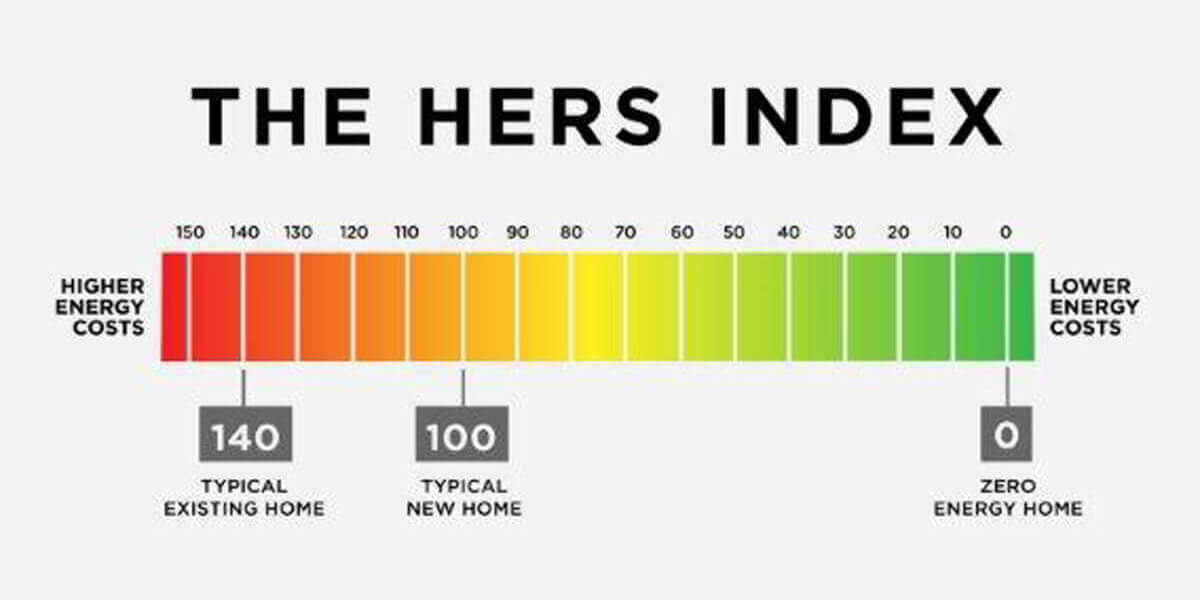It’s finally here! Spring has sprung in New England and temperatures are finally rising above freezing. Soon enough, air conditioners will be running as homeowners try to keep cool in the approaching summer heat. Air conditioners aren’t often considered when homeowners think about their home insulation – but properly insulating also plays a major role in keeping your home cool in the summer.
Insulation not only stops heat from escaping your home in the winter, it also prevents heat from entering in the warm months. When you keep your home cool by using an air conditioner, insulation makes sure that your air conditioner’s work is as easy as possible by holding the cool air inside.
Air conditioners are common in New England, but the knowledge of how to best cool while saving the most energy is rare. Thankfully, we know the steps to take to pump cool air into your insulated home while conserving as much energy as possible—and of course while saving you money.
Simply put, air conditioners have two main components: the part that cools the air and the part that moves this cool air around. To adjust the temperature of the air being moved, you change the temperature on the thermostat. To adjust the actual movement of the air, you have the choice of turning the fan setting to “on” or “auto.” When homeowners face this choice, they often do not know which setting is the right one. Some professionals wrongly tell homeowners to keep the thermostat’s fan “on” in order to better distribute the cold air, but this advice only wastes energy.
- When the fan is set to “auto,” the air conditioner only moves the air when the cooling part runs. When the thermostat senses that the house has reached the desired temperature, it shuts off both the cooling and the fan.
- If the fan is set to the “on” mode, it continues to run even after the desired temperature is reached.
Homeowners often think that a continuous fan will help keep their home cool, but the truth is that the thermostat is designed to make sure that your home stays just as cool with the fan in the “auto” setting. Most homes have air conditioners that are too big, which causes a lot of unnecessary energy use if the fan continually runs. Also, moisture condenses on the cold evaporator coil when your air conditioner runs. The oversized AC will shut off after a short amount of time and leave water sitting on the coil. Running the fan after the coil warms up causes this water to evaporate and reenter your home. This leads to high humidity in your home, and wasted energy.
By leaving the fan in the “on” position, your home will cool down quickly without dehumidifying, and the more the fan runs the more humid your home gets. Also, the fan wastes energy when it runs without needing to. The fan uses about 300 watts when it runs—300 wasted watts. The solution is simple: only use the fan when it is absolutely needed by keeping it set in the “auto” position.
To prepare your home to cross from the cold air of winter to the upcoming summer, install insulation to protect the cool air you fan around your home. Cooling your home does not need to be an expensive process; there are green ways to go about keeping cool when you couple insulation with a smart use of your air conditioner.















